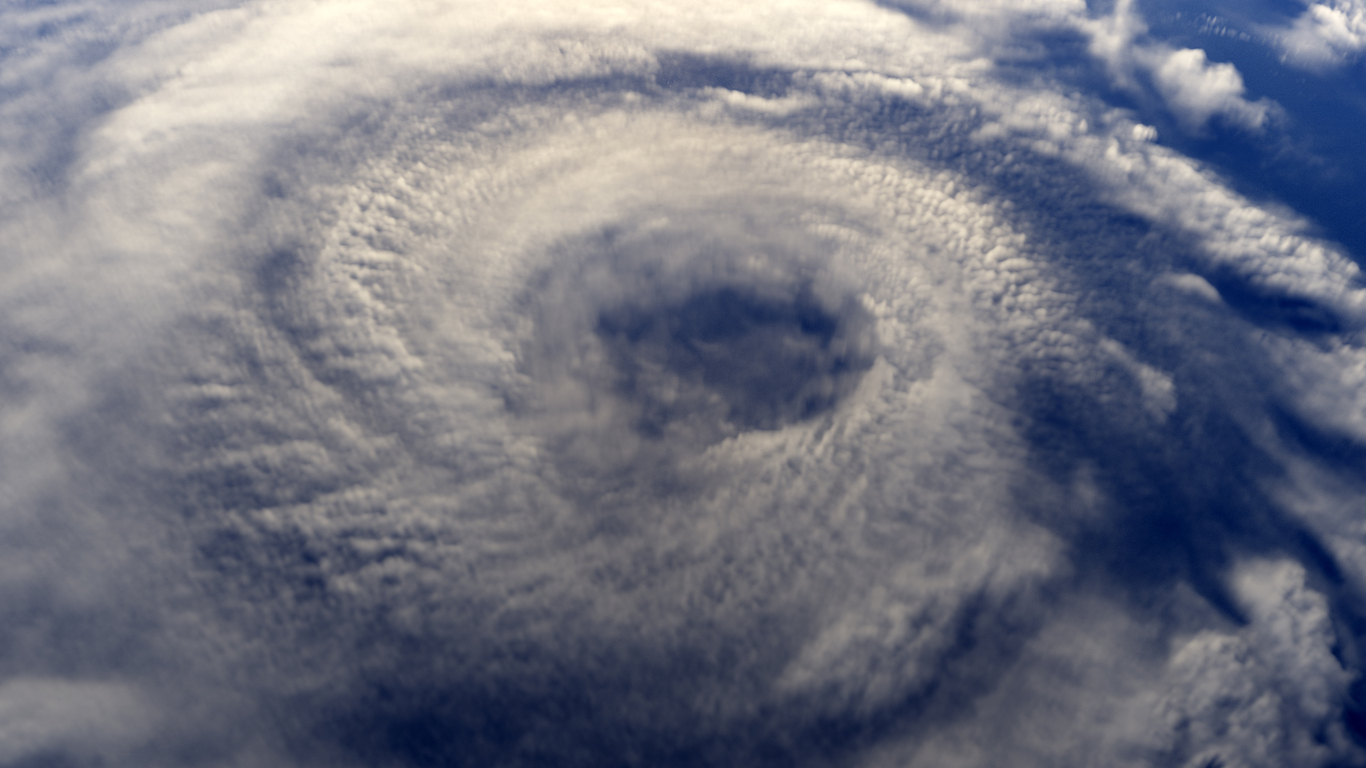The Category 4 storm was expected to start hitting the North and South Carolina coasts sometime Thursday or Friday, and should make landfall near Wilmington, N.C., early Saturday morning, according to the latest forecast from the National Hurricane Center. The slow-moving storm, with maximum sustained winds of 130 miles per hour, is expected to gain strength as it approaches the U.S. and was 530 miles southeast of Cape Fear, N.C., early Wednesday morning. The exact path and timing of the storm could change.
Across the region, many people boarded up homes and businesses and left to areas farther inland or out of the storm’s predicted path. Others gathered supplies and prepared to ride it out in their homes. More than 1 million people were ordered to evacuate, and the Navy moved dozens of warships out to sea from ports in Virginia.
Widespread flooding is expected, with rainfall of up to 40 inches possible in some places.
Venessa August, 43 years old, who lives in an area likely to flood in Norfolk, Va., said she and her family planned to stay, though a number of her neighbors heeded an evacuation order. Ms. August’s basement flooded when Hurricane Matthew swept in two years ago. She and her husband are most concerned about that threat and have prepared a generator, gas, food and water.
The Port of Virginia, in Norfolk, the third-largest container port on the East Coast, was closed. The port, which handled 2.8 million containers last year, mainly takes in Asian imports of clothes, electronics, home appliances and auto parts. Outgoing cargo includes logs, chemicals and grains like soybeans.
Norfolk Southern Corp. said it was preparing to halt freight rail movement through the area, depending on the path of the storm, and was positioning relief equipment to “be prepared to commence storm recovery efforts once it is safe to do so,” the Norfolk-based railroad said in a service alert.
South Carolina authorities said the Port of Charleston would close Thursday and remain shut though at least Saturday. The port is the fourth-busiest gateway for seaborne goods on the U.S. East Coast.
Freight railroads may start pulling locomotives and rail cars from areas that face severe flooding, according to the Association of American Railroads.
Government officials are expecting serious and widespread damage from the storm.
President Trump said Tuesday the federal government is “absolutely, totally prepared” and would spare no expense.
“It’s tremendously big and tremendously wet,” Mr. Trump said of the storm. “They haven’t seen anything like what’s coming at us in 25 to 30 years, maybe ever.”
North Carolina Gov. Roy Cooper said Tuesday, “Everyone in North Carolina needs to take this vicious, life-threatening storm seriously.” The governor has mobilized the North Carolina National Guard to assist the public as needed.
Public-works crews throughout the region moved vehicles to higher ground, while utilities readied workers from other states for an expected power-restoration effort. The North Carolina governor’s website has posted an appeal for a Florence recovery fund, even before the arrival of the storm.
The hurricane could be the strongest to hit the Carolinas since Hugo, a deadly Category 4 storm that struck in 1989. The Carolinas’ population has grown by about five million since then.
Duke Energy warned customers in the Carolinas to prepare for widespread outages that could last anywhere from days to weeks. Duke said it is staging restoration crews from its utilities in Indiana, Ohio, Kentucky and Florida to help restore power.
Electric cooperatives serving four million customers in the Carolinas also prepared for a direct hit. They are coordinating mutual-aid agreements with co-ops in five other states to help restore power, according to an industry group.













